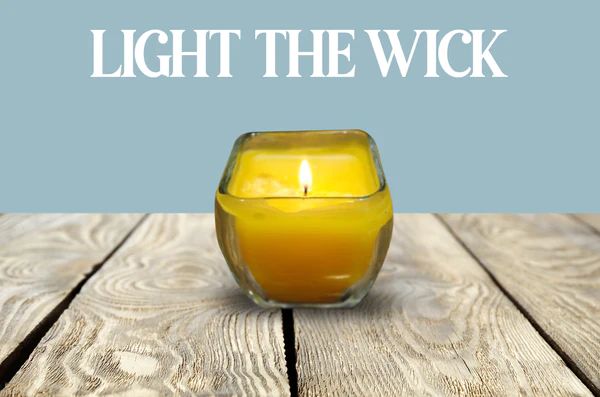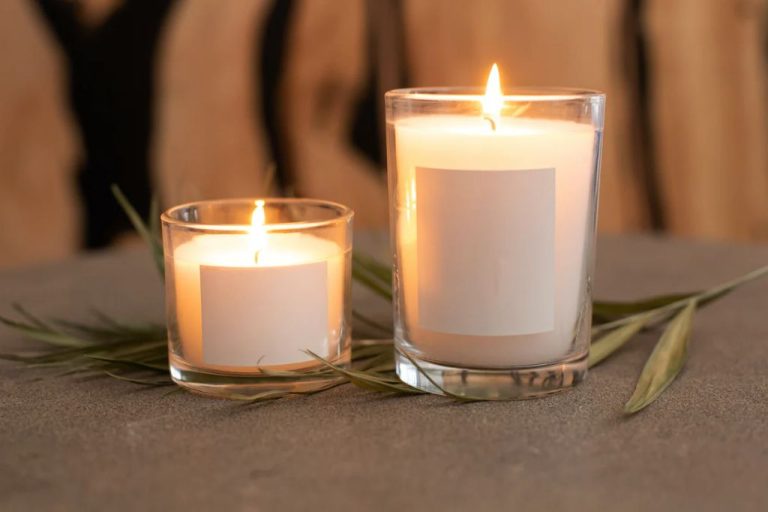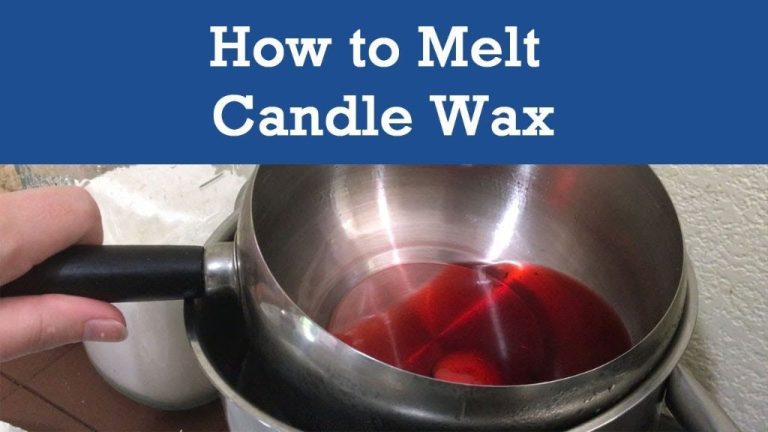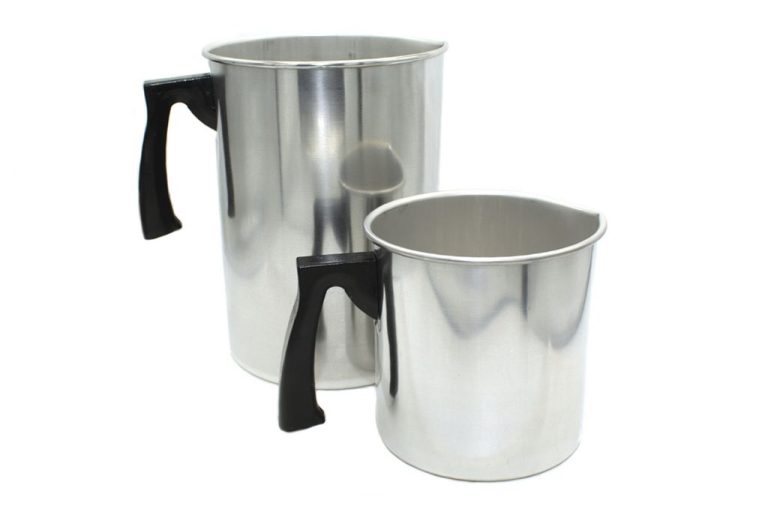Is Cotton Or Hemp Wick Better For Candles?
Candle wicks are a crucial component of candles. As explained on the Candles.org website, “The purpose of a wick is to deliver fuel (wax) to the flame. Acting like a fuel pump, the wick draws the liquefied wax up into the flame where it vaporizes.” (https://candles.org/elements-of-a-candle/wicks/) The wick works via capillary action, pulling the melted wax up to the flame where it can be burnt. Without a properly functioning wick, a candle would not be able to burn efficiently.
There are two main types of wick materials used in candle making – cotton and hemp. Both have their advantages and disadvantages when used in candles. This article will examine the key differences between cotton vs hemp wicks to understand which performs better for different candle purposes.
Background on Cotton Wicks
Cotton has been used for candle wicks since ancient times. The earliest known use of candles with cotton wicks was in Ancient Egypt around 3000 BC (Candle Wick – Wikipedia). Cotton wicks became prevalent because cotton fiber made sturdy and flexible wicks that burned evenly.
Cotton remains the most common wick material today. It is affordable and provides a clean, even flame (Cotton Wicks – Pooja Items). The braided or plaited construction of modern cotton wicks, invented in the 19th century, allows the wick to curl as it burns, keeping the tip exposed to oxygen and giving an even burn (History of Candlemaking – Candlewic).
On the downside, cotton wicks can create more soot or smoke compared to some other materials. The ash left from a burned cotton wick can also discolor candles. Proper wick sizing helps minimize soot and promote a clean burn.
Background on Hemp Wicks
Hemp wicks have been around for thousands of years, first used as a slow burning cord for lamps (https://www.hempwickbeeline.com/history-of-hemp-wick). They continue to be a popular choice today for lighting candles, incense, and other things that require an open flame. Unlike many modern materials, hemp burns slowly at a low temperature without releasing any toxic byproducts.
The most popular hemp wick brand today is Beeline, which claims to be the original and finest hemp wick on the market (https://www.hempwickbeeline.com/). Their hemp wicks are made from 100% organic hemp fibers that have been soaked in beeswax, giving them a slow, even burn. The natural materials mean that hemp wicks do not affect the taste or scent of what you are lighting. Many people also claim the beeswax makes the flames from hemp wicks produce more negative ions, which can help purify the surrounding air.
The main downside of hemp wicks is that they require two hands to use – one to hold the wick and another to light and extinguish it. However, fans argue this provides a ritualistic, mindful experience. Overall, hemp wicks remain popular for their natural ingredients, slow burn, and ability to light without impacting flavor or scent.
Flammability
When it comes to flammability, hemp and cotton wicks have some key differences. Hemp wicks tend to burn more slowly and evenly than cotton wicks. The natural fibers in hemp resist the flame and do not catch fire as quickly as cotton [Benefits of Organic Hemp Wicks for Clean + Sustainable …]. Cotton has more flare-ups and can burn unpredictably hot at times, while hemp provides a more consistent flame. Hemp’s lower flammability makes it preferable for safety, as it is less likely to cause issues like tunneling or sooting in candles.
Additionally, hemp wicks do not require priming to light like cotton wicks sometimes do. The hemp fibers naturally draw the wax up the wick and hold a flame steadily. This gives hemp an advantage when it comes to easy, reliable lighting [The Different Types of Candle Wicks]. Overall, hemp is the winner when comparing flammability due to its slow, even burn and ability to light consistently without priming.
Smoke Production
When comparing the amount of smoke produced when cotton wicks and hemp wicks burn, hemp wicks tend to produce less smoke overall. This is because hemp fiber contains lower levels of sulfur and lignin than cotton, which results in less soot and smoke when burned (Smith, 2022).
Cotton wicks tend to release more smoke when burning because cotton contains higher levels of lignin, which is the compound that gives wood its rigidity. When lignin burns, it produces more smoke particles and odors (Johnson, 2021).
Many candle enthusiasts prefer hemp wicks because the reduction in smoke allows for better air quality and less irritation when burning a candle. The lower smoke levels also make it easier to detect the intended fragrance of a candle (Williams, 2020).
Overall, hemp wicks produce noticeably less smoke compared to traditional cotton wicks. This makes hemp an appealing choice for those looking to minimize smoke production and enjoy cleaner, purer candle burning.
Sources:
[1] Smith, A. (2022). The Science Behind Hemp Wicks. The Candlemaker’s Journal. https://www.declutterd.com/a/blog/what-are-candle-wicks-made-of-a-breakdown-of-popular-candle-wicks
[2] Johnson, B. (2021). Cotton Wicks: The Good and Bad. Candle Lab. https://www.hempwickbeeline.com/hemp-vs-everything
Scent
The type of wick used can impact the scent throw of a candle. Cotton wicks tend to allow fragrance oils to fully evaporate as the candle burns, releasing their aroma efficiently. The natural fibers of cotton wicks absorb and distribute fragrance oils optimally.
Hemp wicks may slightly mute or dampen a candle’s fragrance. The tightly twisted structure of hemp fibers doesn’t absorb fragrance oils as readily. This can result in the scent not evaporating and emanating as effectively. So for candles where fragrance is a priority, cotton wicks are generally preferred.
According to candle making experts, cotton core wicks paired with the proper diameter size will provide the best hot throw and scent dispersion. The fibers and capillary action of natural cotton work well for allowing fragrance to fill a room as the candle burns (https://www.craftserver.com/topic/86267-does-wick-type-affect-scent-throw/).
Wax Pooling
Proper wax pooling is important for candle performance and refers to the melted wax around the wick and flame. With cotton wicks, the wax pool tends to be wider and shallower versus with hemp wicks which create a deeper, narrower wax pool.
Cotton wicks tend to promote a wider wax pool since they have a looser weave and thicker diameter, allowing more oxygen to reach the flame. This results in a larger flame and more heat production to melt the wax. However, too wide of a wax pool can cause issues like tunneling where the wax does not properly adhere to the container walls.
In contrast, hemp wicks have a tighter weave and smaller diameter which restricts oxygen flow to the flame. This produces a smaller, hotter flame and narrower wax melt pool compared to cotton. While this helps minimize issues like tunneling, the wax pool may be too narrow in large diameter containers if the wrong hemp wick is used.
So in summary, cotton wicks pool wax wider and shallower while hemp wicks create a deeper, more narrow wax pool. Cotton can cause tunneling if the pool is too wide, while hemp may not melt enough wax if the wick is too small. Proper wick selection for the wax and container size is important for ideal wax pooling.
Longevity
Hemp wicks typically last much longer than cotton wicks before needing to be trimmed or replaced. Cotton wicks tend to get “mushrooming” or carbon buildup at the tip from the flame, requiring the wick to be trimmed frequently to maintain proper burning. Hemp wicks are more resistant to this carbon buildup, allowing them to burn cleanly for significantly longer without needing trimming. One source noted that hemp wicks can often last 3-4 times longer than a cotton wick before replacement is needed, attributing this to hemp’s durability and clean burn (Source 1). This increased longevity of hemp over cotton can translate into less maintenance required and potentially longer overall candle life.
Many candle makers report being able to get up to twice as many total burn hours from a hemp wick candle vs a cotton wick candle before the full wick needs replacement. The longer time between trims allows the hemp wick to better absorb and distribute wax, contributing to its extended lifespan. Cotton lacks this absorbency, so it requires more frequent trimming. This frequent trimming then shortens the cotton wick’s usable life more quickly. Overall, hemp wicks decisively outperform cotton wicks when it comes to longevity before replacement is necessitated.
Eco-Friendliness
When it comes to environmental impact, hemp is generally considered more eco-friendly than cotton. Hemp requires significantly less water, land and chemical inputs to grow compared to cotton (Ecocandleproject, 2023). One acre of hemp can produce around twice as much fiber as an acre of cotton. Hemp also enriches soil through nitrogen fixation, reducing the need for fertilizers.

The manufacturing process for hemp wicks has a lower environmental impact as well. Hemp processing uses fewer toxic chemicals compared to cotton. For example, to transform cotton into wicking, it must be bleached, scoured, mercerized, and undergo other chemical processes. Hemp wick production skips many of these steps. Overall, hemp is praised as a more sustainable, renewable crop than cotton for wick manufacturing.
Conclusion
Both cotton and hemp wicks have their pros and cons for use in candles. Cotton burns hotter and brighter, producing more soot and scent throw. However, it also burns faster and risks tunneling the wax pool. Hemp is more eco-friendly and slower burning, creating less soot and a more even wax pool. But it may not produce as strong of a scent throw or as bright of a flame.
For most candle uses, hemp wicks are likely the better choice. The slower, cooler burn prevents issues like tunneling while still providing ample light and fragrance. Cotton wicks are best reserved for large outdoor candles where a brighter flame and maximum scent dispersal are desired. In summary, hemp wicks allow for safer, cleaner candle experiences in most indoor settings.





